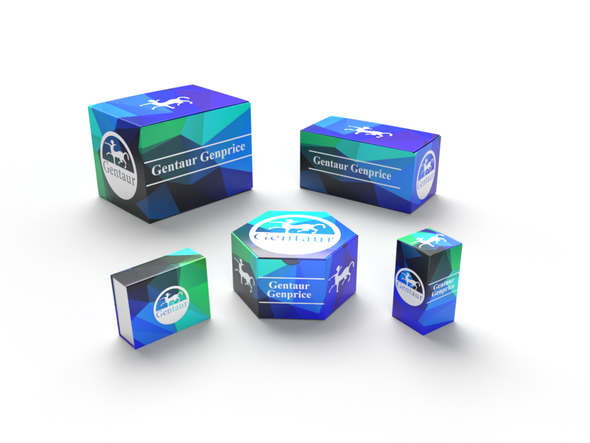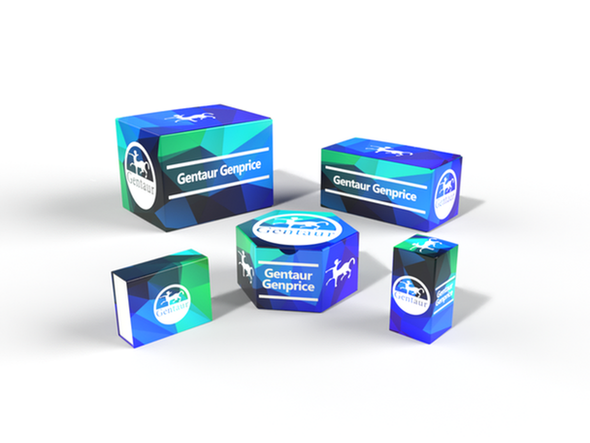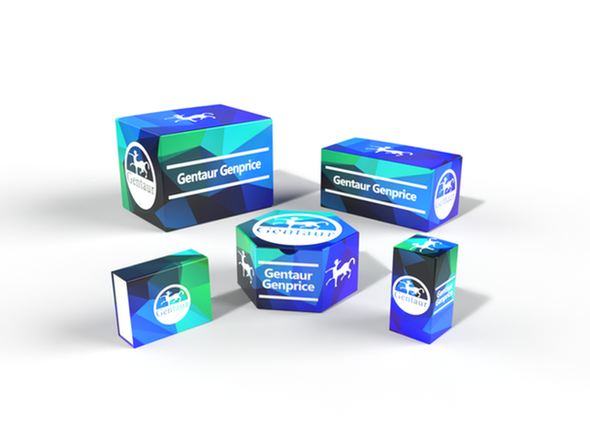Description
HDAC2 Antibody | 7899 | Gentaur UK, US & Europe Distribution
Host: Rabbit
Reactivity: Human, Mouse, Rat
Homology: Predicted species reactivity based on immunogen sequence: Chicken: (94%)
Immunogen: HDAC2 antibody was raised against an 18 amino acid peptide near the carboxy terminus of human HDAC2.
The immunogen is located within the last 50 amino acids of HDAC2.
Research Area: Cell Cycle, Stem Cell
Tested Application: E, WB, IHC-P, IF
Application: HDAC2 antibody can be used for detection of HDAC2 by Western blot at 0.5 - 1 μg/ml. Antibody can also be used for Immunohistochemistry at 5 μg/mL. For Immunoflorescence start at 20 μg/mL.
Antibody validated: Western Blot in human samples; Immunohistochemistry in rat samples and Immunofluorescence in rat samples. All other applications and species not yet tested.
Specificiy: HDAC2 antibody is human, mouse and rat reactive. At least two isoforms of HDAC2 are known to exist; this antibody will detect both isoforms. HDAC2 antibody is predicted to not cross-react with other members of the HDAC family.
Positive Control 1: Cat. No. 1201 - HeLa Cell Lysate
Positive Control 2: N/A
Positive Control 3: N/A
Positive Control 4: N/A
Positive Control 5: N/A
Positive Control 6: N/A
Molecular Weight: Predicted: 54 kDa
Observed: 52 kDa
Validation: N/A
Isoform: N/A
Purification: HDAC2 antibody is affinity chromatography purified via peptide column.
Clonality: Polyclonal
Clone: N/A
Isotype: IgG
Conjugate: Unconjugated
Physical State: Liquid
Buffer: HDAC2 antibody is supplied in PBS containing 0.02% sodium azide.
Concentration: 1 mg/mL
Storage Condition: HDAC2 antibody can be stored at 4˚C for three months and -20˚C, stable for up to one year.
Alternate Name: HDAC2 Antibody: HD2, RPD3, YAF1, Histone deacetylase 2, HD2
User Note: Optimal dilutions for each application to be determined by the researcher.
BACKGROUND: The histone deacetylase (HDAC) family contains multiple members which are divided into four classes. Class I of the HDAC family comprises four members, HDAC1, 2, 3, and 8, each of which contains a deacetylase domain and exhibits a different, individual substrate specificity and function in vivo (1) . HDAC2 was first identified as as a mammalian homolog to the yeast transcriptional regulator RPD3 (2) . HDAC2 forms transcriptional repressor complexes by associating with many different proteins, including YY1, a mammalian zinc-finger transcription factor (2, 3) . Thus, it plays an important role in transcriptional regulation, cell cycle progression and developmental events (4) .










